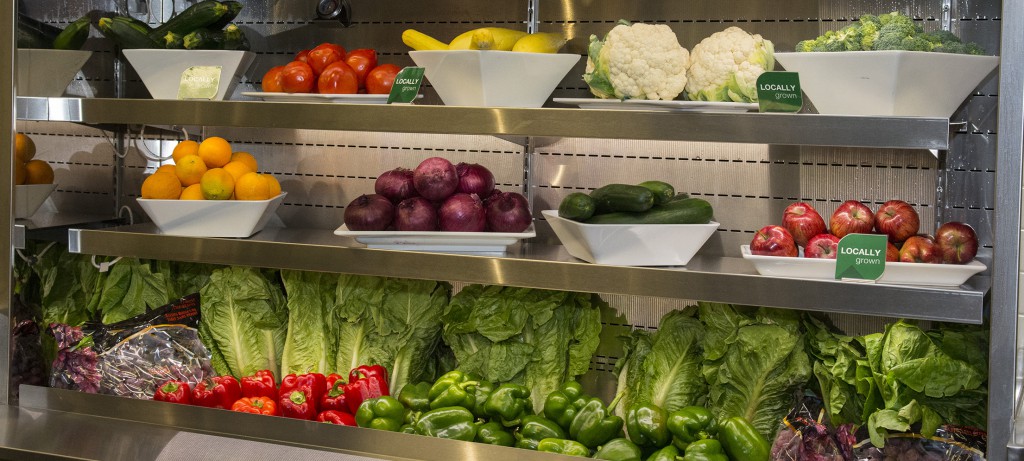Incentives to purchase of healthier foods
For the 47 million Americans participating in SNAP, it’s difficult for them to put healthy food on their table.
The U.S. Department of Agriculture (USDA) released a study in July 2014 that explored incentives designed to encourage participants in the Supplemental Nutrition Assistance Program (SNAP) to make healthier food choices. Allison Karpyn, associate director for UD’s Center for Research in Education and Social Policy(CRESP), co-authored this report.
People know it’s better to eat healthy, but the panel found many SNAP participants are working families who need quick and cheap alternatives. They may not have the time or the expertise to compare nutrition labels. To compensate, they often grab the first thing they see on the shelf that’s on sale and satisfies our family’s preferences.
Unfortunately, these alternatives are typically higher in fat, sugar and salt. While this makes them filling, they are not nutritious. As a consequence, many of America’s poor are also overweight.
According to a recent article in National Geographic, “The New Face of Hunger,” one-sixth of Americans don’t have enough to eat. They live in cities, suburbs, on farms and in industrial towns. More than half of hungry households are white, and two-thirds of those with children have at least one working adult — typically in a full-time job.
The USDA study brought together representatives from the SNAP program, grocery stores, food manufacturers, behavioral economists and government experts to identify ways to incentivize people to buy healthier foods.
The goal was to develop mechanisms that were low-cost, effective and easy to implement for both the shoppers and the stores, in other words, carrots, instead of sticks. This was important, to encourage participation of the stakeholders and positively affect people’s shopping habits.
The consortium identified six possibilities, ranging from offering discounts on healthy food to designing a segmented shopping cart, much like the USDA’s Healthy Eating Plate. The top two alternatives are now under review for pilot testing.
Spotlight healthy foods
One of the more promising initiatives is based on a simple marketing premise. If grocery stores place healthier foods in more prominent locations, customers are more likely to purchase them.
By using better lighting, more attractive displays or prominent placement on end-caps, stores can increase demand for nutritious food. Shoppers in a hurry are more prone to select food that is at eye-level.
Stores could also offer sales, like “buy one, get one free,” that would help stretch the budget of cost-conscious consumers.
Coupon program
Another approach is to encourage manufacturers to offer discount coupons to SNAP participants through a USDA managed channel. SNAP participants who purchase healthy foods, would earn credits to buy more food at the end of the month.
Providing a means for distributing coupons to lower income households participating in SNAP is a potential ‘win-win-win’ intervention that could boost participation.
Next steps
The Food and Drug Administration (FDA) is taking a close look at the nutrition labels on foods in an attempt to make them simpler to read and easier to use to make healthy choices.
Congress is also playing a part as it considers the Food Labeling Modernization Act of 2013, which advocates for a single simple, symbol system to facilitate consumer selection of healthy product options, including among nutritionally at-risk subpopulations.
To learn more about the SNAP read the full study on the USDA website or listen to Karpyn’s radio interview on NPR’s WBEZ 91.5.
This article appeared in UDaily on 7/30/14.




